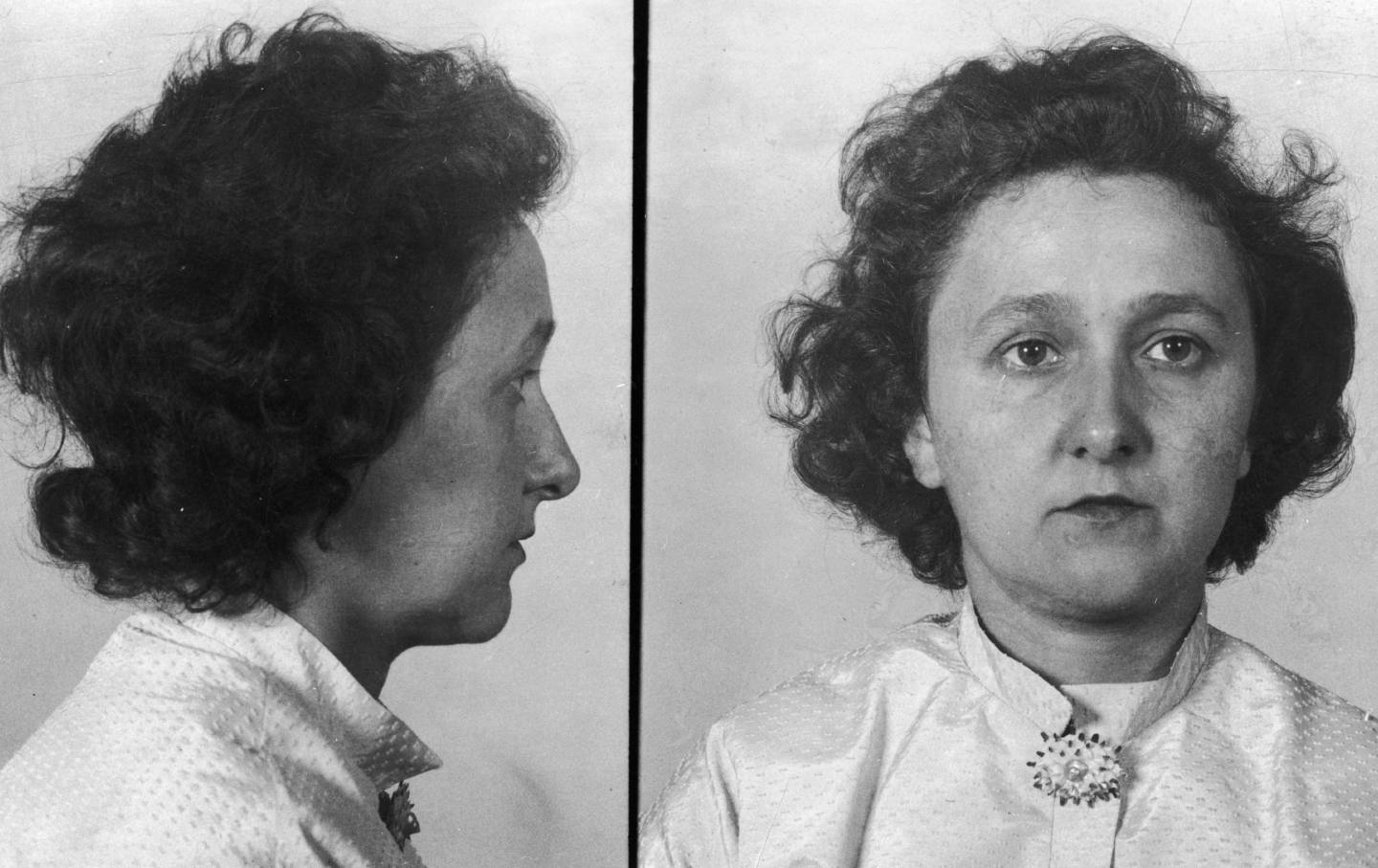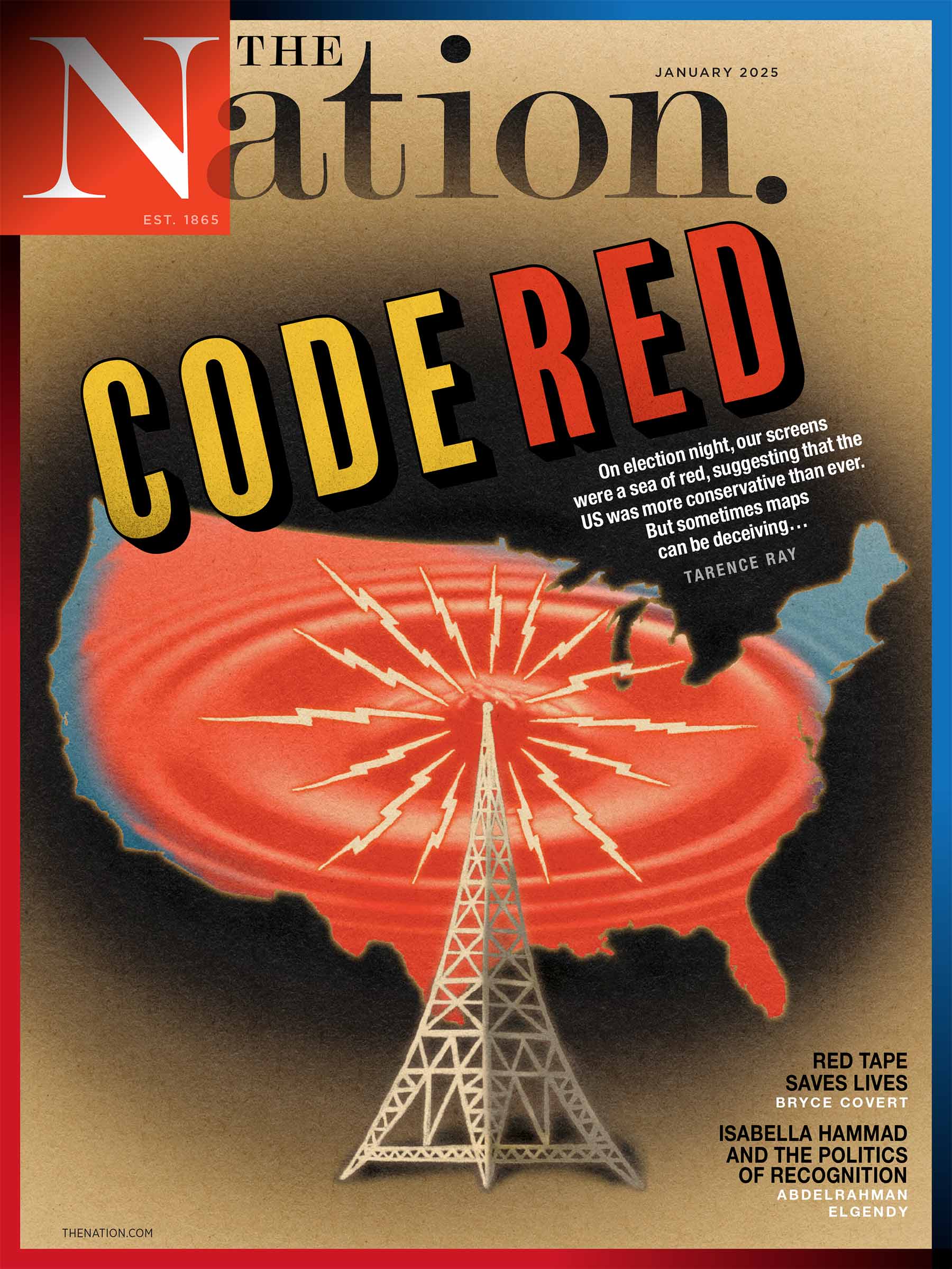January 2, 2025
A newly released classified document reveals that the National Security Agency knew that Ethel Rosenberg was not a spy and that the government executed her anyway.

Seventy-five years ago, Julius and Ethel Rosenberg were arrested and charged with conspiracy to commit espionage. During their trial the following year in 1951. presiding judge Irving Kaufman named their actions in passing secrets to the Soviet Union “worse than murder.” Despite a worldwide campaign for clemency, the Rosenbergs were executed at Sing Sing Prison in 1953. American society was deeply divided between detractors who believed their betrayal was – according to FBI Director J. Edgar Hoover – “the crime of the century,” and supporters are convinced that they were innocent victims of Cold War hysteria. Since 1953, the Rosenberg case has continued to haunt a generation of Americans, and their guilt or innocence has been hotly debated.
The Venona cables, declassified and released in 1995, highlighted Julius’s role. The Venona project intercepted and translated top-secret coded messages between Moscow and its overseas KGB offices. The cables revealed that Julius ran a spy ring in New York in the 1940s. But now there is new and important evidence: a previously classified document released in August 2024 by the National Security Agency (NSA). From August 22, 1950 it is a memorandum from Venona Project Senior Codecracker, Meredith Gardnerwho concluded that Ethel was no a spy
Historians and commentators remain polarized as to Ethel’s guilt. For Emory University historian Harvey Clair, whose 2021 essay The Eternal Return of Ethel Rosenberg asks, “How did the myth of her innocence become so disconnected from the evidence of her guilt?” Case closed: Ethel was justly convicted—even if wrongly executed—and her defenders refuse to face the facts. Clair agreed with YIVO Institute of Jewish Studies director Jonathan Brent, who argued that “the myth (of Ethel’s innocence) does not depend on evidence, myth is a matter of faith that trumps evidence… evidence is irrelevant to people who are true believers.” But evidence is important to me. And the evidence points to Ethel’s innocence.
There are only two decipherable references to Ethel in Venon’s dispatches. The first was on September 21, 1944. cable from the New York office of the KGB that “a liberal (Rosenberg) and his wife had recommended her (Ruth Greenglass, Ethel’s daughter-in-law) as a smart and intelligent girl” whose apartment could be used as a safe house. The second – November 27, 1944. cable Ethel’s profiling – importantly, she was identified by name and never given a code name, although code names were common for sources and agents – which said: “Knows about her husband’s work” (where “work” clearly meant espionage), but added : “Because of her fragile health, she is not working.” This was voiced by the FBI in 1948. In short, Ethel was definitely was aware of Julius’s activities and may have shared the recommendation, but Venon’s cables confirm that she was, at most, peripheral to his spy network.
The significance of Gardner’s 1950 memorandum is that it further exonerates Ethel from active involvement in clandestine activities. Since most of the Venona transcripts were completed in 1948-49, the memorandum assessed what the transcripts meant. Given Gardner’s key role in the project, his opinion was authoritative. His memo dealt with findings about the Rosenberg network under the heading “Atomic Espionage Group.” In Chapter 5, he confirmed the authenticity of the November 1944 dispatch. He noted that “Mrs. Rosenberg was a member of the party, a devoted wife and that she knew about her husband’s work, but she did not participate in the work herself due to health reasons.” It is clear what Gardner meant by “work”: being involved in espionage for Julius.
Gardner wrote his memorandum for 11 days after Ethel was arrested. Because he was in close contact with the FBI, and because of the importance of the case, it seems almost certain that J. Edgar Hoover would have been aware of it and may have influenced Hoover’s development in April 1951. recommendation against Ethel’s death sentence. Evidence even for conspiracy to commit espionage, according to the prosecution, was too far-fetched. That the FBI knew about this is confirmed by an internal FBI memo dated July 17, 1950, the day Julius was arrested. It reports that the Justice Department’s Criminal Division has told the Bureau that “at this time, there is insufficient evidence to proceed with (Ethel).” Instead, as is now well known, she was to be used as “leverage” (Hoover’s word) on her husband to force a confession and implicate accomplices.
But she refused to budge (“She called our bluff,” said Deputy Attorney General William Rogers New York Times reporter Sam Robertsauthor of a book about Ethel’s brother David Greenglass) and her silence determined her fate. Had her brother not made a deal and lied in court so that his wife could avoid prosecution, Ethel would have been spared the death sentence. But after the verdict, she had only a choice, like Hobson’s: to give up Julius or accept death. When denied a pardon, President Eisenhower believed “She was obviously the leader in everything they did in the spy ring.” He was wrong. Weinstein and Vasiliev to conclude that “at most she played a minor supporting role,” which—if it weren’t for the heated legal and political climate—would have resulted in a short prison term and “perhaps not even her arrest.” Moreover, as the NSA and FBI concluded, awareness and knowledge did not equate to active complicity or collusion. Definitive evidence was lacking.
It is not my intention to retread the trodden ground of prosecutorial and judicial misconduct or the Greenglasses’ perjury during Ethel’s trial. Suffice it to say that forensics analysis five legal experts at her indictment and sentencing concluded that the FBI knew from the start that its case against her was flimsy, “too flimsy to warrant her arrest, much less prosecution,” but made David and Ruth Greenglass “remember”— Now we know it’s false — Ethel is writing notes for Julius. Their testimony was crucial to Ethel’s conviction. Near David admission Roberts in 2001 and the unsealing of the Ruth grand jury testimony in 2008 confirmed the perjury of the first and the contradiction of the second. There was a flagrant miscarriage of justice.
Why, then, do some historians claim that Ethel’s innocence is a myth “unconnected” with the compelling evidence of her guilt? Their arguments are based mainly on two sets of sources: Venon’s fragmentary transcripts and notebooks smuggled out of Moscow by a former KGB operative and journalist. Alexander Vasiliev. Proponents of the position that Ethel was an active spy rely heavily on September 21, 1944. cable (cited above). Those three words, “and his wife,” are central to their argument that Ethel was involved in the conspiracy. However, in the telegram, in the preceding sentence, Julius alone recommended Ruth, “in consideration of a safe apartment.” Vassiliev deciphered this same dispatch as “‘Liberal’ recommended Ruth Greenglass” without mention of “his wife.” November 14, 1944 cable directly involved Ruth – she “agreed to co-operate with us in bringing (David)” – but, again, no reference to Ethel.
Second Venona cable mentioning Ethel (New York – Moscow, 27 November 1944) was the New York station’s reply to the Moscow Center seeking information about Ethel of which it was unaware. Hence the profile and the answer that she “didn’t work”. We need to be reminded of the very important fact that this cable was not codenamed—unlike other identified members of the spy group. And we must also remember that in order to be guilty of conspiracy, one must participate in at least one overt act in furtherance of that conspiracy.
If Wenona’s transcripts don’t implicate Ethel, is there “plenty of evidence” like arguedfrom the Soviet archives, thanks to Vasiliev? Clair and Mark Kramer argue that the Vasiliev documents “show that Ethel believed that Julius could recruit other people to pass on classified information.” However, a careful search of the eight notebooks provided no such evidence, and there is no reference to it in the comprehensive paper by Haynes, Clair, and Vasiliev Spies: The Rise and Fall of the KGB in America. The conclusion that she “suggested” the names of the KGB is groundless: no evidence of a connection with a Soviet operative has been preserved. Indeed, the Soviet handler Yulia in 1944. Alexander Feklisauclaimed that not only had he never met Ethel, but that she was “completely innocent” and had nothing to do with espionage.
Instead of the case being closed on Ethel’s fault, as claimed, Gardner’s memo exonerated her, something the FBI knew about at the time of her execution. The time has come to correct the historical injustice. The time has come for Joe Biden to issue a full exoneration, or at least a presidential pardon, to Ethel Rosenberg. In this way, truth and justice will be served.
More from Nation

The complaint revisits the same gaslighting tactic used in the Amber Heard case and has sparked much of the same backlash on social media.

Post from the pivotal 11th game in Singapore that helped Gukesh Damaraj become the 18-year-old chess champion.

The case, just added to the Supreme Court docket, concerns whether Medicaid can be used to pay for the services of health care providers who also perform abortions.





